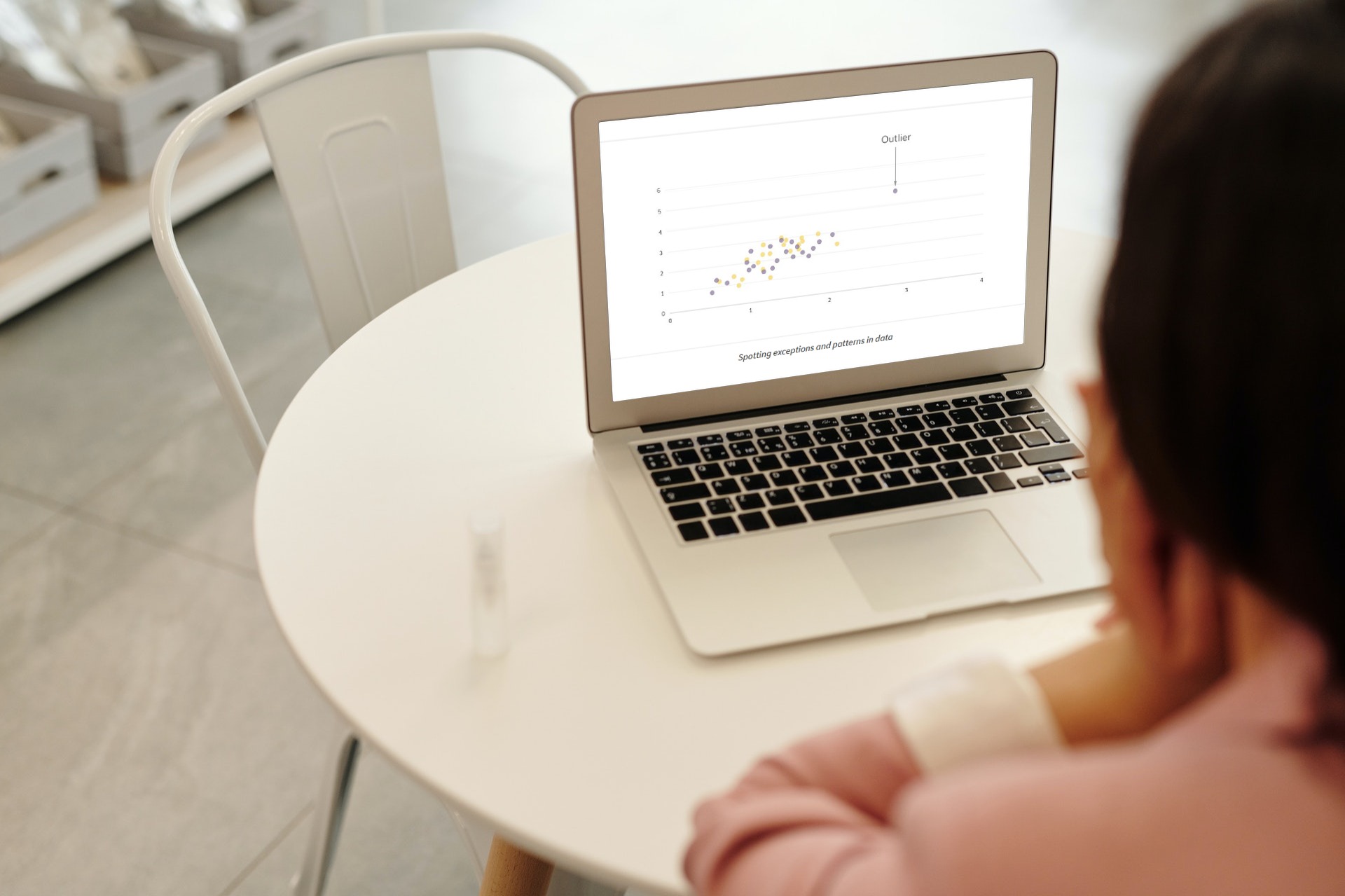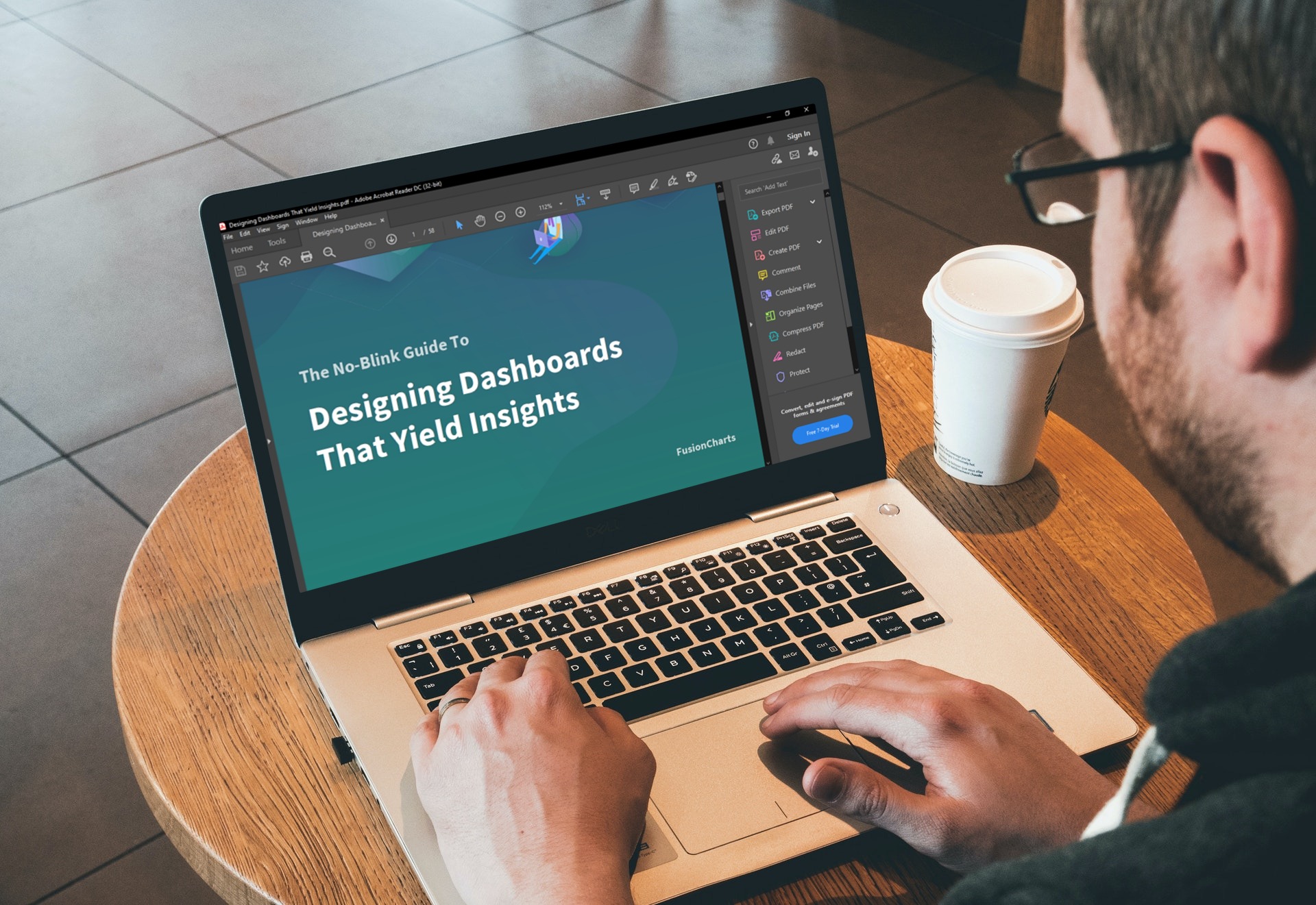Business analysis and business intelligence technology continue to progress at a remarkable pace. As a result, demand for BI tools is higher than ever. This is because precise and informative dashboards are one of the most powerful and effective ways to capture, visualize, study, and extract relevant insights from large volumes of data.
Moreover, with the increase of tools that effectively present visualized data, the available real estate on a dashboard has become precious. Developers have limited space but a lot of KPIs to show. To address this issue, the dashboard design process needs to be ever more insightful and appealing. Careful and deliberate design is the only way to produce a quality business dashboards visualization.According to data visualization expert Edward Tufte:
“Graphical excellence is that which gives to the viewer the greatest number of ideas in the shortest time with the least ink in the smallest space.”
This is particularly true when it comes to designing powerful and constructive visualizations in the business domain.
In this blog post, we’ll look at some powerful tips to supercharge your dashboards. We will suggest ways and make them more thorough, informative, responsive, effective, and also appealing. Most of these suggestions come from our “Designing Dashboards That Yield Insights” whitepaper.
Table of Contents
What Does ‘Understanding Data’ Mean?

Today’s businesses cannot risk incorrect decisions or accept compromises when it comes to business growth. Whether you are making recruitment plans for the next quarter or analyzing revenues to decide if a new product is viable in the long run, having, and understanding the right data increases your chances of success.
The stakes are high. Businesses are investing heavily in ideas that take raw data and transform it into actionable insights. Information dashboards work by black-boxing critical data, taking what’s relevant, and offering a systematic overview customized to the user’s needs.
To put it simply, if you can only show a few things at once, you should select and segment your data to boost understanding. Underlying this idea, are visual conventions and metaphors for effective communication. Conventions like ‘red is a warning’, or ‘time always moves from left to right’.
How Can I Define the Data to Build a Value Proposition Around It?

Creating information dashboards takes time, effort, and also significant investment. Because of this, businesses continually look to maximize the power of tech and generate ROI. As Adele Simor, Customer Marketing and Advocacy Manager at Geckoboard puts it:
“Don’t expect people to start using a dashboard just because you made it all pretty and put it up on the wall.”For effective value propositions, here are some high-level objectives dashboards can achieve:
- Inform the general workforce about key business differentiators
- Set goals for a specific individual or team
- Act as an interface used across the company for interacting with data
- Monitor operations and ensure smooth business-as-usual for executives
- Trigger alerts in case of anomalies and also disruptions
- Aid CxOs in locating areas that need attention
What is an Easy Way to Think About Ideas for Visual Selection?

This question is really important. You have your datasets laid out and you have a wireframe in place that perfectly maps user eye movements to information priorities. Now is when you assign each element a visual identity. There are several ways to go about it.
Following are a few best practices for arranging data to get started:
- Comparisons
- Compositions
- Distributions
- Relationships
What are the Stepping Stones to a Great Information Dashboard?

Inspired by theory and compelled by the need to become data-driven, companies are increasingly investing in information solutions. According to the Dell Global Technology Index, it is a practice that can lead to up to 50% more revenues.
The dashboard creation process spans the following 5 stages.
- Embrace curiosity
- Play with data
- Add some necessary clutter
- Clean up essentials
- Finally, Focus on the outcomes
What Should an Ideal Dashboard Show Its Viewers?

No matter which route you take to create a dashboard, the visualization must align with the user’s needs. Here are 3 best practices for a user-centric display experience.
- Show the highlights at a glance
- Clearly define the filters
- Use tooltips and also gridlines to minimize the errors
Are you interested in learning more dashboard design tips and tricks that yield powerful insights? Do you also want to take your dashboard visualizations to the next level? If the answer is yes, click the link below to get access to our recent whitepaper.
Download FusionCharts’ “Designing Dashboards That Yield Insights” whitepaper and know more.



